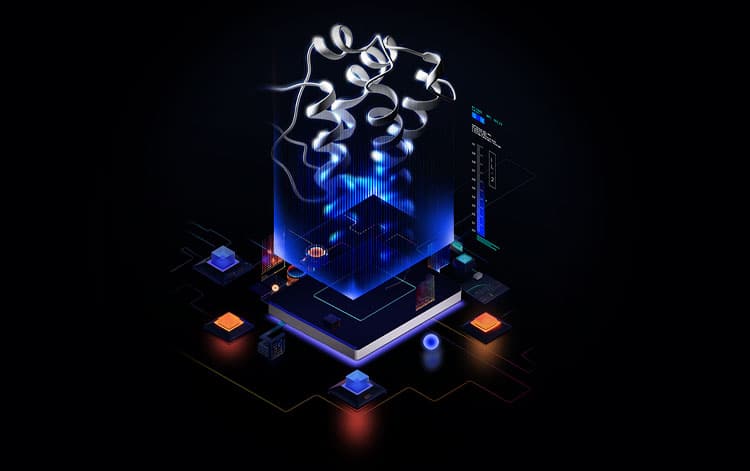
Featured Content
Featured Content
Featured Content

Explore the benefits of IL-2 Heat Stable Agonist Protein, which can withstand high temperatures and extended culture durations.
Featured Content

Learn about different cytokine families. This poster will serve as a great reference tool and a colorful addition to your lab.
Featured Content
Featured Content

Learn the importance of growth factor bioactivity and reagent consistency for achieving robust, reproducible organoid growth
Featured Content

Discover how R&D Systems™ proteins can help improve the expansion, differentiation, and consistency of your stem cell cultures.
Featured Content

Designed and validated to provide the performance and consistency you need to optimize your assay.
Featured Content

Decorate your lab and learn about these ‘Critical Regulators of Homeostasis & Inflammation'
Featured Content

Explore the pathways involved in inflammatory or autoimmune diseases.

